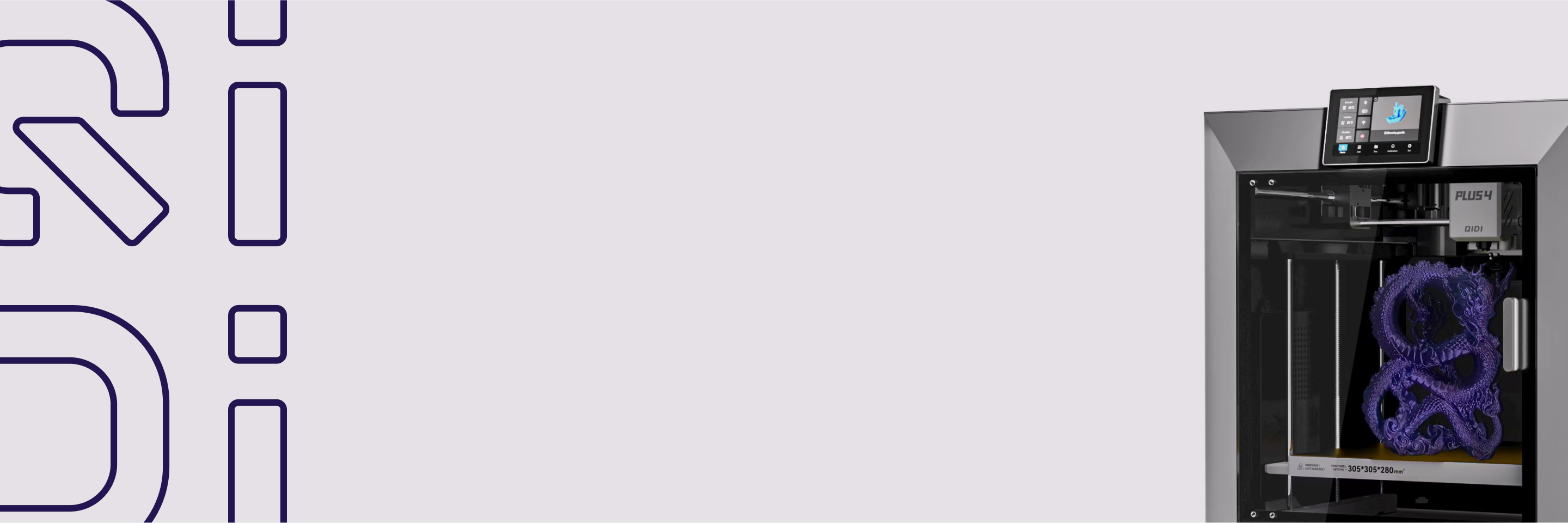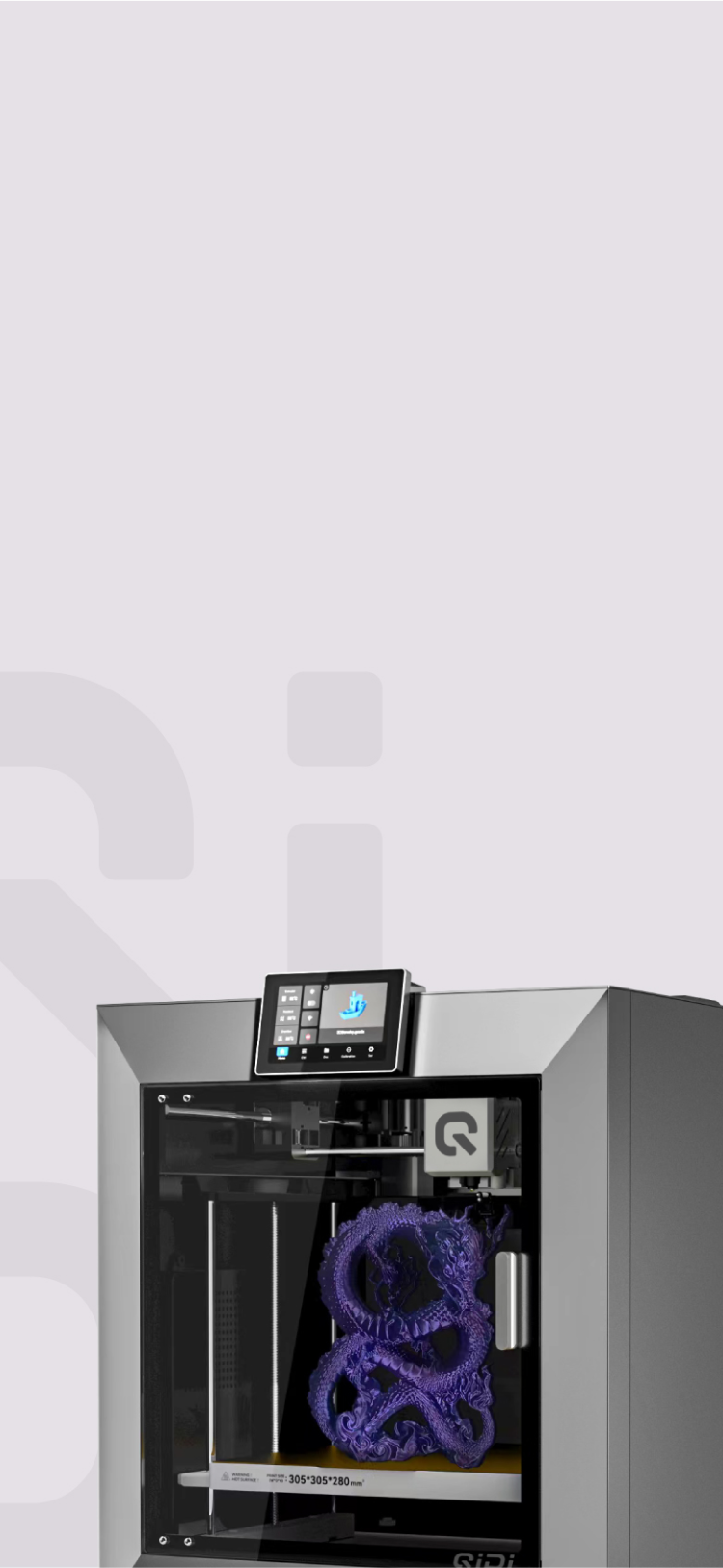Your First Successful 3D Print Model: A Step-by-Step Beginner's Guide
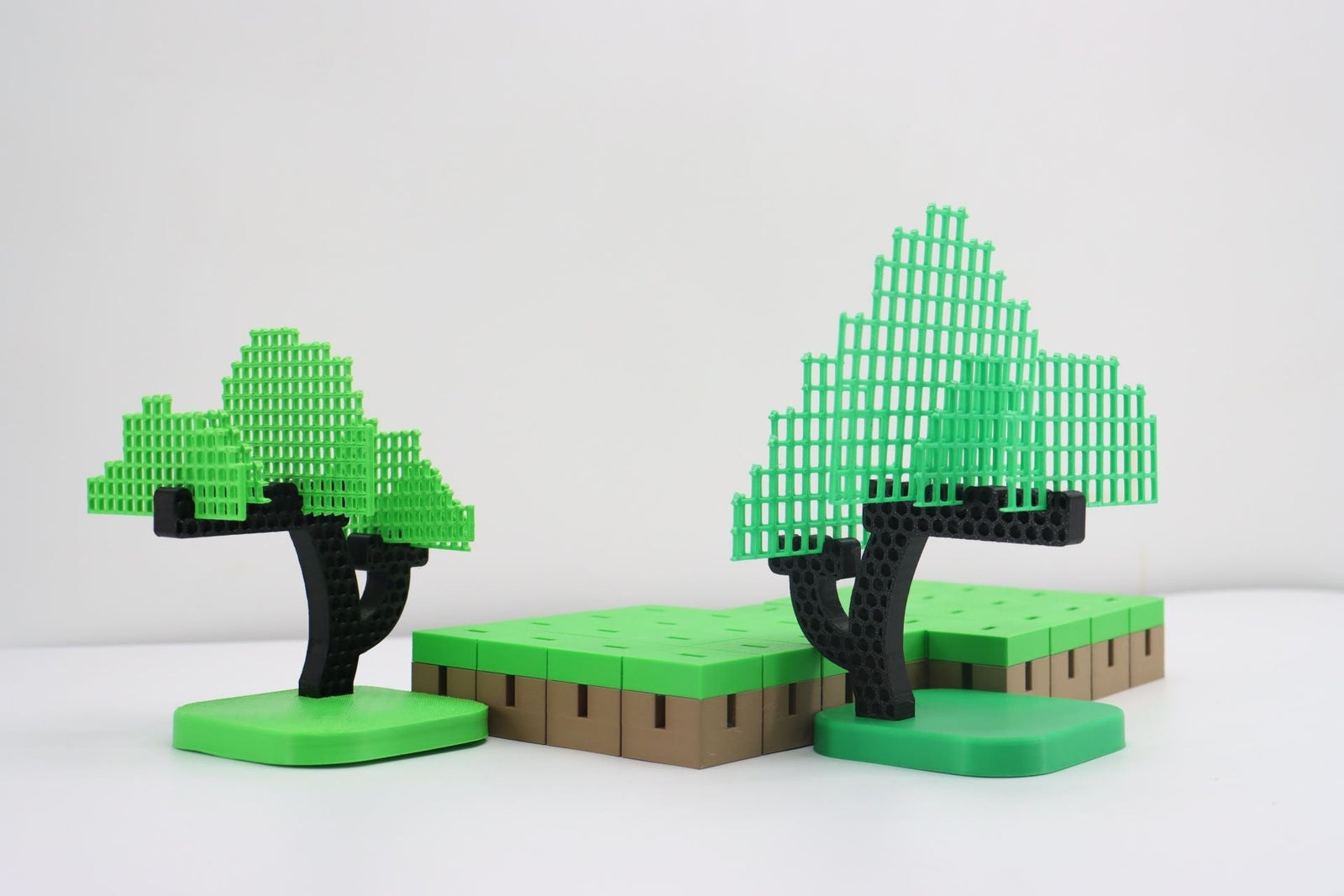
You’ve just unboxed your new 3D printer. The excitement is real, but it can be quickly followed by a simple question: "What now?" Taking that first step can feel intimidating when you're faced with new software and settings. It doesn't have to be. This guide is designed to walk you through the entire process of making your very first successful 3D print model. We'll demystify the workflow, turning any confusion into confidence and proving that you can start creating amazing things, right now.
Where Should You Find Your First 3D Print Model?
Before you can print anything, you need a digital blueprint. For your first project, it is smart to start with a model that is small, simple, and well-tested by the 3D printing community. This will give you a quick win and help you learn how your 3D printer behaves.
The perfect test model for this is a small boat affectionately known as the "3DBenchy." It has become a global standard for testing and calibrating a new 3D printer. Its design cleverly includes small details, curves, bridges, and overhangs that show you what your machine is capable of, but it’s simple enough that it doesn’t require any complex settings.

To get the file, you can start with a simple web search for "3DBenchy STL file." This will lead you to several popular online 3D model repositories where creators share their files. The file you want to download will have a name ending in STL, which is the most common format used in 3D printing.
What is a Slicer and How Do You Prepare Your 3D Print Model?
Once you have your STL file, you need to prepare it for your 3D printer. This is done with a special piece of software called a "slicer." Think of the slicer as a translator. It takes your 3D object and "slices" it into hundreds or thousands of thin horizontal layers. It then creates a detailed, step-by-step instruction file, called G-code, that your 3D printer can understand and execute.
Most slicer software is free, and while it might look complex with dozens of settings, you only need to know five key settings to get started.
- Material Profile: The very first step is to tell the slicer what material you are using. Select the correct profile for your filament, for example, PLA. This ensures the printer uses the right temperature settings.
- Layer Height: This setting controls the "quality" or vertical resolution of your 3D print model. For your first print, a layer height of 0.2mm is the perfect starting point. It offers a great balance between good detail and a reasonable print time.
- Infill: This determines the internal density of your model. It’s a percentage that dictates how much plastic will be printed inside the solid outer walls. A value of 15-20% is ideal for most models. It provides plenty of strength without using too much material.
- Supports: Supports are extra structures the printer builds to hold up steep overhangs on complex models. Your first 3DBenchy print does not require any. Make sure this setting is turned OFF.
- Bed Adhesion: This adds a small bit of extra plastic on the first layer to help prime the nozzle and secure the model to the bed. The best and cleanest option for a simple print is a "Skirt." This will draw a few outlines around your model before starting the model itself, without touching it.
After applying these settings, you will "slice" the model and save the resulting G-code file.

How Do You Start the 3D Printing Process and Remove Your Model?
This is the exciting part where your digital file becomes a physical object. The process is straightforward.
Step 1: Transfer the File
Save the G-code file from your slicer onto a USB drive or send it to your 3D printer via your local network, depending on your machine's features.
Step 2: Start the Print
Using the screen on your 3D printer, navigate to your file and select "Print." The printer will begin to heat up its nozzle and print bed to the correct temperatures.
Step 3: Watch the First Layer
This is the most important part of the entire printing process. Watch the first few lines of plastic go down. If they are sticking to the bed neatly and look consistent, you're on the path to a successful print. If you see the plastic not sticking or looking messy and stringy, the most common reason is that the bed isn't perfectly leveled. Don't worry, this is a normal part of learning, and a quick re-leveling routine usually solves it.
Step 4: Remove the Print Safely
Once the 3D printing is complete, resist the urge to immediately grab your model. The best and safest way to remove your print is to let the print bed cool down completely. As the bed and the plastic cool, they contract at different rates. This thermal contraction often causes the 3D print model to pop right off on its own. If it's still stuck, you can use a thin, flexible scraper, sliding it gently under a corner of the model to release it.
Your First 3D Print Marks the Start of Endless Possibilities
Congratulations on completing your first print! That small object in your hand, whether it's a boat or a simple cube, is more than just plastic. It's proof that you have successfully turned a digital file into a physical object. This is the core magic of 3D printing, and you've just unlocked it. Think of your 3D printer as a reliable tool for an endless journey of creation. The real question now is, what ambitious 3D print model will you create next? The adventure is just beginning.
5 FAQs about Getting Started with 3D Printing
Q1. Are 3D printed parts actually strong?
A: The strength of a 3D print model depends on two key things: your material and your settings. While standard PLA is great for display models, you can print incredibly durable functional parts using tougher materials like PETG or ABS. For added strength, simply increasing the 'wall count' and 'infill percentage' in your slicer software will dramatically boost the part’s durability.
Q2. How long does a typical 3D print take to finish?
A: Print time varies greatly depending on the model's size, complexity, and your quality settings. A small, detailed figurine about 3 inches tall might take 4 to 6 hours to complete. A much larger object, like a full-sized cosplay helmet printed in one piece, could take several days of continuous 3D printing. Your slicer software will always provide a very accurate time estimate before you begin.
Q3. Can I use any brand of filament with my 3D printer?
A: Yes, generally you can. Most 3D printers use a standard filament diameter, with 1.75mm being the most common. As long as the diameter matches, you are free to use filament from any brand. Quality is more important than brand loyalty, so it is wise to choose reputable filament manufacturers. For advanced, abrasive materials like carbon fiber, always check your printer's specifications first.
Q4. Are there any safety concerns with 3D printing at home, like fumes?
A: This depends entirely on the material. PLA, the most common material, is corn-based and emits very few fumes, making it generally safe for use in a well-ventilated room. However, materials like ABS and ASA produce a strong odor and potentially harmful fumes. Printing with these materials absolutely requires either an enclosed 3D printer or placement in a very well-ventilated area like a garage.
Q5. How often do I need to perform maintenance on my 3D printer?
A: Basic maintenance is simple and key to long-term reliability. After every print, ensure your build plate is clean. After every 50-100 hours of 3D printing, it’s a good practice to check that the belts are snug (not too tight, not too loose) and wipe down the motion rods, applying a small amount of appropriate lubricant if the manufacturer recommends it.


 Q2
Q2
 QIDI Box
QIDI Box
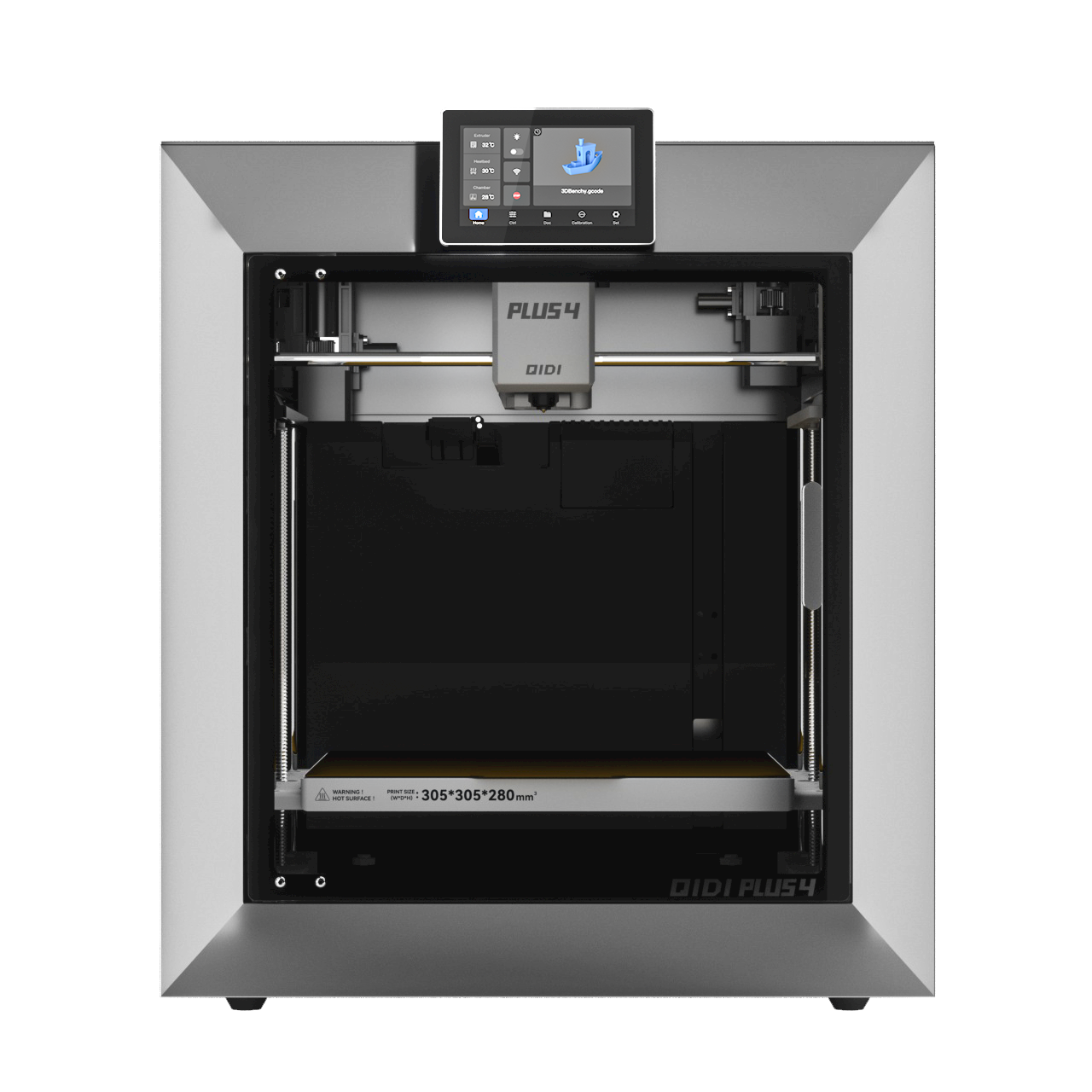 Plus 4
Plus 4
 Q1 Pro
Q1 Pro
 X-Max 3
X-Max 3
